Bringing an invention to life is a dream come true for many product design services. Maybe you’re a barista who has found a new tool to make French press coffee. Or you’re a personal trainer who has invented a foam roller to massage out even the stiffest of muscle knots. Either way, you have a vision that you believe will not only benefit its consumers but also bring in a heavy flow of income for you.
The product development process can seem daunting and confusing. Many first-time inventors aren’t even sure where to start and they find themselves inundated with questions on the process. When should I file a patent? How do I create a prototype? How can I protect my invention from getting ripped off?
It can be challenging to prevent yourself from becoming overwhelmed by the process. Before starting, you should educate yourself on it, from beginning to end, to avoid any roadblocks or pitfalls. Maybe consider working with a prototype design service.
Here’s how you can bring your idea to market and start up a successful business for yourself.
Developing an Idea
Most of the time, a new invention isn’t going to randomly pop up in your head. It takes time and patience to come up with the perfect product to sell. You need something that you are passionate about and that you are willing to put your whole heart into taking it to the market.
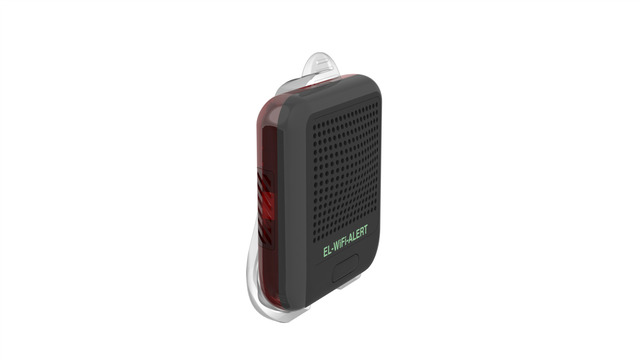
The SCAMPER model is perfect for coming up with new product ideas. Each letter stands for a specific question to ask yourself about an existing product. Your new invention must solve a problem in a unique way that hasn’t yet been successfully pulled off. The SCAMPER model helps you formulate a solid idea that has a high chance of being brought to market.
Let’s explore each one together.
S for Substitute
Replace one or multiple parts of a product with something else. Consider these examples.
Fashion companies are starting to substitute realistic faux fur for mink coats and faux leather for jackets. Bio-diesel is being used for alternative fuel in vehicles and furnaces. These substitutions are beneficial for both companies and consumers. Industrial design companies can provide products that are gentler on the environment and consumers have an easier time leading an eco-friendly life.
As people begin to grow more conscious of their carbon footprint, it is more important than ever to seek out environmentally-friendly substitutions for popular products.
Ask yourself some of these questions when brainstorming a new invention:
- Can you change a product’s color? What about its size? Or its shape?
- What materials can you substitute that will improve the current product?
C for Combine
Try to think of elements within a product you can combine to solve a problem. Phone cases with built-in battery packs are a prime example of “combining” products. The singular product’s functions are two-fold: it provides protection to your phone while keeping it charged. There is no need to worry about carrying an extra charger with you or searching for a wall socket to plug your charger in.
Because so many people are reliant on their phones, the need for an accessible, portable charger became clear to many manufacturing companies and electronic product design services. Try to think of other products that can be combined into a singular super product. One that will make people’s lives easier.
Consider these questions:
- What would happen if you combined two or more parts of a product?
- Will combining these parts optimize the product’s function?
A for Adapt
Inventors can adapt an existing solution or product to solve a problem in the same or different context. They may also modify parts of the product in order to make it more useful. For example, consumers used to employ 3rd party flashlight apps on their iPhones before Apple added its own built-in flashlight feature. Apple was able to provide a better flashlight feature for customers by adapting existing technology and improving it.
RELATED: Common Mistakes for Inventors to Avoid
One question you should ask yourself is whether or not there is a way you can adapt current technology to improve customer satisfaction. There almost always is, you just need to be creative.
Here are some questions to consider:
- Can the product perform multiple functions?
- Does the product resemble any other objects?
- Is it possible to use this product in another context or field?
M for Modify
By using a consumer product design service to modify a product, you can improve its features and find new insights on consumer behavior. For instance, you can create an electronic toothbrush with a slimmer design than older, more traditional models. If you created a software program or app, you should continually update it to improve its performance. It’s important to always seek out new ways to enhance and upgrade current inventions.
Ask yourself these questions:
- What can you add to the product to improve it?
- Is there a specific part of the product that can be modified?
- Can you magnify an existing part?
P for Put to Another Use
Think about how you can put a product to a different use or direct it to a new audience. Memory foam beds can be converted for dogs. Planting systems can be used to convert food waste into compost. Cell phones are used for more than just texting and calling people. Nowadays, consumers use it for taking photos, playing games, and even tracking their health.
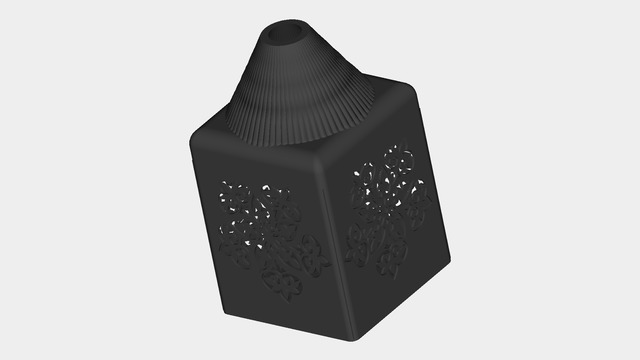
Think of these questions when trying to find a new use for a product:
- Who else can use this product?
- Could the product be used in a different industry?
- Can the product be used to solve a new problem?
E for Eliminate
Sometimes, eliminating a step in the manufacturing services process or part of a product can dramatically improve it. Consider what would happen if you got rid of, or reduced, different components of your invention. In many instances, eliminating the middleman during the construction of an object results in great savings for consumers.
Here are some questions to consider:
- What parts can be cut out? Are there any unnecessary or non-essential parts?
- How can you minimize costs?
- What would happen if you took away a component of the product?
R for Reverse or Rearrange
Try to determine whether you can rearrange various aspects of the manufacturing process or if you can reverse any steps during the actual use of the product. Doing so may speed up the product’s manufacturing time and efficiency. Also, make sure your product is designed for manufacturing and assembly.
Since its inception, Uber has changed the process by which passengers find their ride. They simply plug in their address before automatically being connected to a driver nearby.
Consider these questions:
- Can you change the process needed to use the product?
- What would happen if you interchanged various components of your product?
- Can you modify the process in a way that speeds it up and improves its efficiency?
Researching and Obtaining Feedback on Your Product
Let’s say that, after going through the SCAMPER process you finally have an idea. While it is tempting to take the immediate jump to production, you need to slow down and validate your idea first.
It is impractical to start making your product without understanding whether there is a demand for it and if it will fulfill a need that has not already been met among consumers. This involves gathering research and feedback on your product.
Getting Feedback on Your Product
Start out small by discussing your product with close family and friends. People in your life who are willing to give you honest feedback, rather than people who you suspect might be giving you positive feedback to spare your feelings, will be especially useful in the early stages of developing your product.
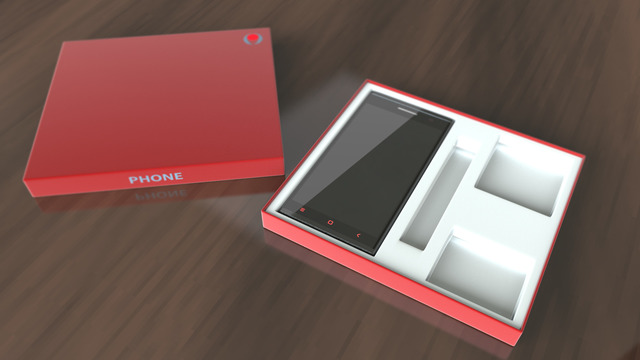
Get a product packaging design company to create unique and stylish packaging for your product. Especially in markets where
You can then grow your research pool by sending out online surveys to various groups that are part of your target audience. Make sure you take each opinion into account. Overvaluing feedback from people who are 100% bought into your current product model can prevent you from foreseeing future problems with it.
Watching What Your Competitors Are Doing
As you begin to validate your idea from a substantial and unbiased audience, you can start to perform a competitive analysis. Visit your competitors’ websites to see how they market the product and complete sales.
Send out surveys asking current customers what they like or dislike about your competitors’ 3D product modeling services and the way they do business. Doing so will help you figure out how your product will stand out from the competition and fill a service that your competitors fail to provide to their current customers.
Once you finish performing product validation and market research, you should be able to gauge the demand for your product as well as the level of competition you will face once it enters the market.
Planning the Development Process
Developing a product is complex and even confusing at times. If you start looking for materials without a clear sense of how the product will function or what it will look like, you will easily become mixed up and lost in the subsequent steps of the process. That’s why it is important to take the time to plan out the entire development process before building your prototype.
Start out by drawing a sketch of what the product will look like. Try to make it as detailed as possible. Labeling various parts and functions of the product will help you maintain a clear vision of how you want the final model to turn out. While the drawing doesn’t have to be as sophisticated as a 3D visualization service at this point, it still needs to be legible. If you aren’t confident in your drawing skills, you can hire a freelance illustrator to help you.
Once you finish your diagram, you can write a list of materials and parts you will need to assemble the product. Make sure you cover all of your bases so you won’t have to return to this step further down the development process.
Let’s pretend that you drew a model for a purse design. Here is a list of items you will most likely need in order to create the actual product:
- Large and small zippers
- Straps
- Label with your company logo attached
- Fabric
- Clasps
Figuring Out Costs
As you determine what materials will be needed to create the product, you will need to think about how much it will end up costing. Will you need to use environmentally-friendly materials? How high in quality will they be?
RELATED: How to Design Environmentally Friendly Products
Is the product designed for everyday use or only for special occasions? What type of packaging and labels will be used to store and ship your product? Knowing the answers to these questions will not only help you come up with a retail price but will also guide your branding and marketing strategy.
Prototyping Your Product
Once you have a product sketch and a list of materials needed to build it, you can start to create a prototype. This prototype will be used as a sample for mass production. Throughout the process, you are probably going to go through several unsatisfactory samples. That is normal. Take this as an opportunity to experiment with different versions of your product to determine which one is fit to be the final product.
The prototyping tooling process is dependent upon how complex your invention is. If you are developing something simple, such as art or cosmetics, you can probably prototype it yourself. This, of course, is dependent on whether or not you are well-trained in these respective disciplines.
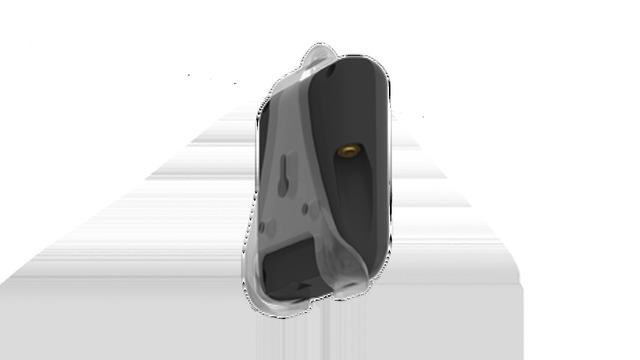
But if you are trying to develop a more complex product, such as a new household accessory or electronic device, you will likely need help from a third party to help prototype it. You may also need to create a 3D rendering of your product in order to make a prototype. Freelance 3D rendering and CAD design artists are available through a variety of contracting websites.
Many of these freelancers are also experienced in 3D printing. 3D printers can create objects in a variety of materials, including plastic, nylon, wax, and metal. 3D printing your prototype is faster and cheaper than attempting to mold each part of your product. Molds also require extra tools and die to cut up and shape each part of your invention.
Protecting Your Invention
Inventors are always faced with deciding how they want to protect their inventions. They have two choices. They can either license their product to a company or manufacture the invention themselves. A common fear among inventors is having their idea stolen or knocked off by a competitor. Both approaches address and help prevent this from occurring in different ways.
Some inventors attempt to file patents and non-disclosure agreements in addition to licensing or manufacturing their products. We will also review these agreements below.
Licensing Your Product
When a consumer product design service attempts to license their product to a company, they must prove their product’s worth to them. They must convince the company that their invention is worth investing in and that entering into a legal licensing agreement with them will produce a favorable outcome for the company.
If you decide to license your product, you must have a functional prototype to show the company. Being able to demonstrate the product’s uses is much more useful than having to describe it based upon a drawing. You should also have market research to back up your argument that there is a need or desire for your product in the market. Having hard data will alleviate any concerns about market conditions, possible competitors, and any problems that may arise during the product’s launch.
Once you find a company that is interested in partnering up with you to take your invention to market, it is time to execute a licensing agreement.
Manufacturing Your Invention on Your Own
If you decide to manufacture your product without the help of an outside company, you must rely on your own legal tools to protect your intellectual property. One thing you can do is trademark your product name. Building brand awareness through digital marketing campaigns and selling through major retailers will also be critical for protecting your product and discouraging others from attempting to rip it off.
Patents and NDA’s
Some inventors consider filing patents for their designs. In some situations, patents have been successful in protecting an inventor’s ideas and intellectual property. However, there are limitations to patents.
Here are several limitations you need to consider:
- Most of the time, a patent will not be issued to a product.
- There are different types of patents that one can file. They are not equal to each other. For instance, a design patent only covers the design of a product while a broad utility patent covers the entire creation, from the building to the selling phase, of a product. But even a utility patent has its limitations when it comes to determining what counts as the protected intellectual property (IP) of the invention.
- If an inventor has found that someone infringed on their patent, it is up to them to come up with the funds to engage in a legal battle with the infringer.
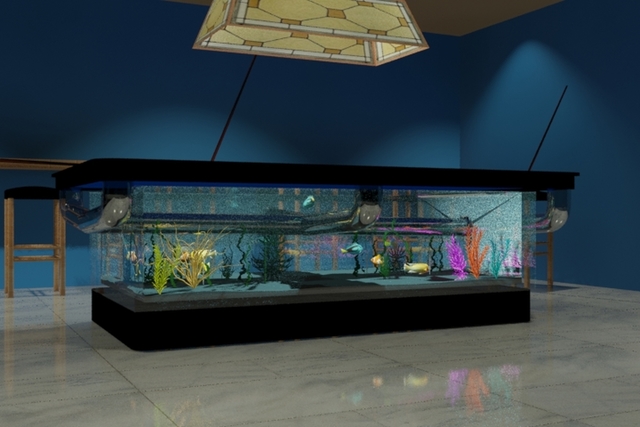
NDAs also have their limitations. Most manufacturers won’t sign an NDA, especially if they have no prior relationship with the inventor. It also doesn’t contain a clause stipulating that the person signing it does not steal the product. It only ensures that he or she will not discuss it with anyone else.
Finding Sourcing for Production
During this step, you will need to seek out manufacturing-related sources in order to ship your product out in mass quantities. You may want to look into shipping, warehousing, and storage companies as well. Search out multiple suppliers and manufacturers to compare costs. If one of these companies end up falling through or not working out, you have a backup option. This will protect your business for the long-term.
Trade shows are a great resource for finding supplies. Hundreds of vendors attend these shows, which gives you the opportunity to examine and discuss their work processes. As you begin to build a personal relationship with these suppliers, you can prepare yourself for the negotiation process further down the line.
Funding Your Product
Many inventions, both good and bad, fail due to a lack of money. Unless you are already independently wealthy, you will need to find a way to fund your invention. Luckily, there are a variety of options to look into.
Start a Crowdfunding Campaign
Did you know that S. Brett Walker, the inventor of the Circuit Scribe, used Kickstarter to fund his invention? Not only was he able to raise enough money to fund his rollerball pen, but he was also able to garner free awareness and publicity for it.
RELATED: How to Build a Successful Crowdfunding Campaign
Other websites, such as GoFundMe and Indiegogo, are great resources for fundraising and marketing your invention. However, many of these platforms require you to meet your fundraising goal in order to collect your money. If you don’t meet it, you won’t receive the cash. Some platforms, like Kickstarter, charge a small fee as well.
Enter a Competition
Back in 2007, NASA held a competition challenging the public to design the next generation of astronaut gloves. The winner, Peter Homer, used the prize money to start his own company.
A wide variety of invention competitions are held each year. Some are run by corporations while others are organized by universities. These contests also present a great opportunity for funding and raising awareness for your product.
Seek Out Investors
Venture-capitalist firms are always looking for the next big invention. If they think that your product will bring them money, they will want to invest in it. This is why it is important to develop a well-thought idea and prototype for both customers and potential investors.
Outsource Your IP
If you don’t feel ready to start a company or you simply don’t have the time to oversee the whole process for creating it, you can license or sell your intellectual property. Inventors who are more interested in focusing on their research than starting a company often defer to this option. That way, their invention is still on the market, but they don’t have to worry about all of the nuts and bolts involved in manufacturing the product.
How Cad Crowd Can Help You
Designing and developing a new product can be a long yet satisfying process. From the initial idea phase to the manufacturing phase, each step is designed to set you up for success. But if this is your first time developing a product, this process can be confusing and frustrating. That’s why it doesn’t hurt to hire a freelance 3D CAD designer for help.
Cad Crowd offers services in 3D modeling, manufacturing, and patenting. From the start, Cad Crowd can help you turn your idea into a market-ready product. Our full-service roster of CAD services, 3D rendering artists, engineers, manufacturers, and patent experts will help guide you through the process from beginning to end.
Having a stellar product design and prototype will prove to be critical when you are attempting to show your product off to investors and potential customers. If you don’t have the experience or time to develop a 3D rendered model yourself, there is a pool of professionally-vetted freelance CAD designers to turn to.
If you are working on a private project, you can request a quote from one of our design experts. If you have a small project that you want multiple design options to choose from, you can also launch a design contest. Over dozens of entries are typically submitted throughout each contest.
With our in-house quality control team of engineering experts, Cad Crowd will match you with the best contractors to help you bring your invention to market. For more information, contact us today for a free quote.
